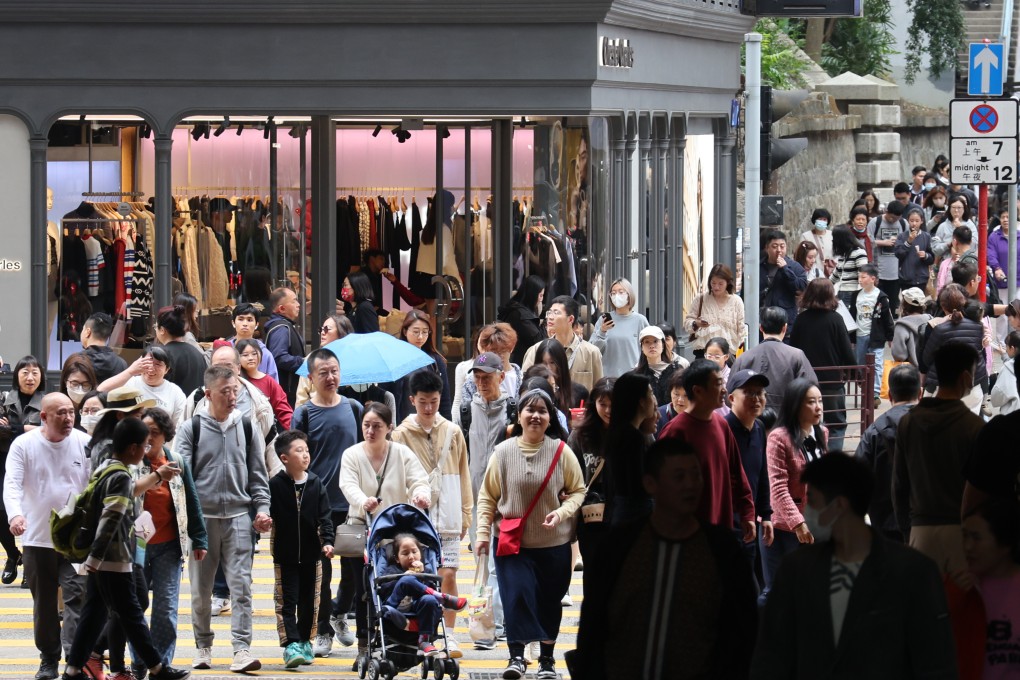Beijing raises duty-free limit for mainland Chinese tourists in Hong Kong to HK$16,100
- Limit raised from HK$5,400 to HK$16,100 if visitors buy goods at duty-free stores at border crossings, or HK$12,900 for other shopping

The Hong Kong government estimated the measure would increase tourist spending in the city by at least HK$8.8 billion, or even up to HK$17.6 billion, a year. The increased consumption would add between HK$2.7 billion and HK$5.4 billion to the economy.
According to a statement from the Ministry of Commerce on Friday, the central government and authorities in Macau and Hong Kong have agreed to increase the limit for mainland tourists visiting the two cities.
A separate joint statement from several central government departments said that mainland residents aged 18 and above could have their duty-free allowance raised to 12,000 yuan, or HK$12,900.
The limit could be further increased to 15,000 yuan, or HK$16,100, if they shopped at duty-free stores at border crossings.
Currently, visitors from across the border must pay a tax of 13 to 50 per cent to the central government for purchases made outside the mainland above a threshold of 5,000 yuan per trip, or HK$5,400, a measure introduced in 1996.